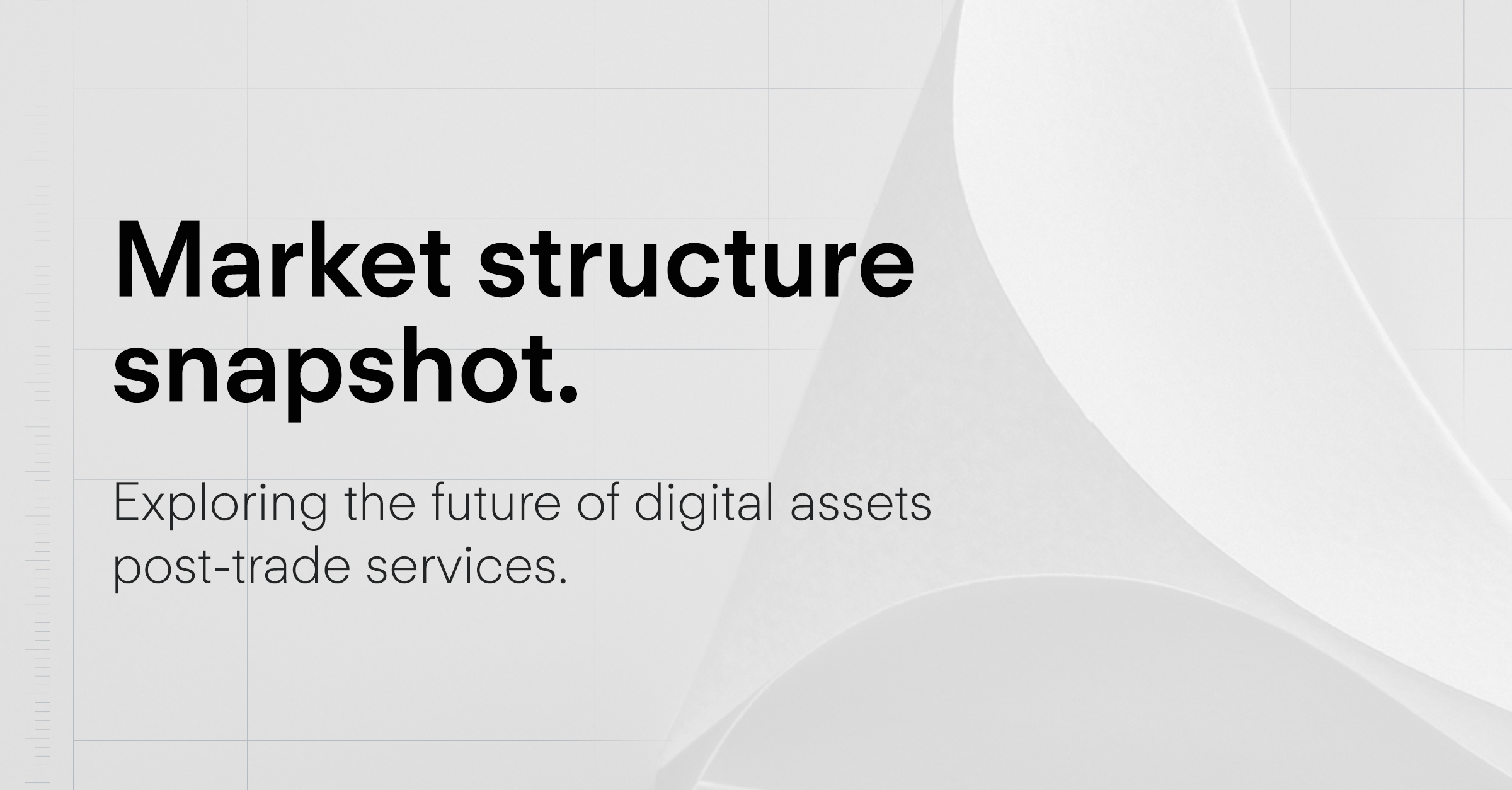
Coming to the end of a tumultuous year that few ever saw coming, we asked our CEO Dmitry Tokarev to do a little armchair fortune telling of what 2021 may hold for the crypto sector. So without further ado, let’s get right to it!
If 2017 was the wild west, 2018 crypto winter and 2019 the year Futures took off, then 2020 was the year the world woke up to decentralised finance (DeFi).
Since January, total value locked surged by an astronomical 2,000%, standing at just over $14.3bn at the time of writing (NYE). June to September in particular saw remarkable growth across lending, borrowing, liquidity mining and yield farming platforms.
In this nascent stage DeFi is still only scratching the surface in terms of decentralising the key pillars of traditional finance. However for it to sustain momentum and continued growth, a number of operational inefficiencies and security concerns must first be addressed.
DeFi is still rampant with malicious actors. During 2020, a total of 15 hacks, bugs and exploits of DeFi platforms took place, amounting to $120 million funds being stolen. Only $45.6 million was recovered.
Real strides are now being made in resolving vulnerabilities and reducing risks. For example, last month we rolled out CopperConnect, a smart new infrastructure system that provides security throughout the custody, transfer and lock-up process as an asset makes its way to a DeFi smart contract. In the year ahead we expect to see the launch of more new exciting tools to protect from DeFi's inherent risks. This could draw more institutional capital to the space, meaning that DeFi could – to the dismay of many – become a little more serious and boring (i.e less meme/food-themed projects).
As it stands, there are six DeFi protocols with more than $1bn locked. While the number of billion-dollar DeFi tokens by market cap will undoubtedly grow rapidly in 2021, we expect pioneering DeFi projects such as AAVE, SNX, UNI, YFI and COMP to remain frontrunners in this space.
In 2021, we can also expect lawmakers to start further analysing the nature of DeFi and how to best regulate it. Hot debates around instilling AML measures will no doubt make important headlines all through 2021.
2020 gave the crypto sector some of the most exciting headlines in its history with public announcements of Bitcoin holdings from the likes of Paul Tudor Jones, Stanley Druckenmiller, MassMutual, and others.
In 2021, we’ll see an extension of this embrace of Bitcoin from large asset managers, pension funds, insurance companies, and sovereign wealth funds. Bitcoin has passed the tipping point where the risk of not investing has surpassed the risk of investing. As a result, we can expect to see several prominent companies announce plans to convert part of their reserve assets to Bitcoin.
Wall Street has been attempting to launch a Bitcoin ETF for years to no avail. It is possible that a Bitcoin ETF will be approved in 2021. If this happens, it will add further fuel to the price run as more investors will be able to gain Bitcoin exposure via an ETF structure they are comfortable with. I also expect central banks to begin buying Bitcoin pretty soon as a strategic store of value against depreciating fiat currencies.
Ethereum’s growth in 2020 surpassed all major cryptocurrencies with a 450% climb. The launch of CME Group Ether futures in February promises to draw greater attention to the asset class from institutional investors that could drive up the price of the cryptocurrency.
We will also be keeping an eye on Ethereum’s painstaking transition to Proof-of-Stake. Because the ETH2 vision may take some years to fully come to fruition, there is a window for competing smart contract blockchain platforms to gain developer mindshare and user traction. It will be interesting to see how Ethereum’s position as the leading Layer 1 blockchain will fare as it transitions to its new technology stack.
To quote CoinDesk's Andrew Keys: “In 2020, the world started to understand the intrinsic value of Bitcoin as ‘digital gold.’ In 2021, we could witness the same understanding of Ethereum as “digital oil.”
Right now the US dollar is the world’s reserve currency but it's possible we could see a radically new financial system take form.
A BIS report in 2020 found that 80% of central banks worldwide are researching the pros and cons of central bank digital currencies (CBDCs). I believe the rush to implement a CBDC will further intensify in the new year, driven by the diminishing use of cash and the digitalisation of the economy as a result of the coronavirus pandemic.
The Chinese government is a step or two (maybe three) ahead of the rest of the world with this process, having already launched its digital currency in a limited fashion. Russia also has plans to release a digital version of the ruble. The ECB will take a clear decision on their Digital Euro project later in 2021. Meanwhile in Japan, 30 banks are already investigating a digital currency offering, and the country may even see a full public rollout soon. The Bank of England also continues to investigate applications for CBDC in retail, and could begin pilots at a later stage of 2021.
In the US, the idea of a CBDC gained traction last year because COVID-19. However, I don't think we'll be seeing any pilots of a 'Fed Coin'in 2021. I simply don't envision the US moving that quickly. That said, its launch is inevitable in the coming years because if the US doesn’t find a way to launch a CBDC, it risks being uncompetitive in this new world.
Despite the ongoing pandemic and economic crisis, crypto saw strong momentum in M&A deal activity in 2020. 83 deals were completed throughout the year, totalling $691m in volume – a 28% increase year-over-year.
We expect crypto M&A activity to flourish in 2021, particularly with crypto unicorns spending some of their bull market gains and acquiring firms that offer ancillary services to their current offerings. I think we’ll also be seeing traditional financial institutions and large technology firms entering the market by investing in or buying crypto firms.
After Coinbase, we'll see a wave of crypto companies rushing to IPO/SPAC. BlockFi is the most often mentioned candidate, but there are several others that could become public companies in 2021.
The case for cryptoassets, both as a portfolio diversifier and an inflation hedge, has become crystal clear to institutions. The foundation for such institutional participation remains robust asset custody – and that is exactly what we are delivering at Copper.
We are proud to be taking the lead in innovating and creating more robust end-to-end security solutions to safeguard digital assets. At the start of the year, we were one of the first custody providers to implement multi-party computation (MPC) technology, a new cryptographic protocol which addresses the perils of private keys. It has been an immensely valuable addition to our arsenal of security solutions and fortunately, the rest of the crypto custody sector is starting to follow suit in leveraging it.
Back in June we launched ClearLoop, the first off-exchange settlement product in the market. We were also the first company to launch a DeFi tool for institutions, and with the help of our partners at Tesseract, pioneered cross trading venue margin lending for digital assets. There was the launch of Copper Catalyst, a framework enabling crypto funds to create and issue securities on digital assets quickly and cost-effectively. What's more, we also became a founding member of OMFIF’s Digital Monetary Institute (DMI) to contribute with peers and help grow this young industry.
What’s next for Copper? In 2021, we will continue developing next-gen trading and custody infrastructure so that institutional investors can continue incorporating digital assets into their investment strategies with confidence.
If we are to learn anything from 2020, it’s to expect the unexpected. Crypto keeps surprising us every year, but we stand ready to embrace these changes.
For more expert insights into what lies ahead for crypto, also make sure to check out Coppercasts, our podcast series featuring reflections and predictions from some of industry’s leading thinkers.
Insights

Market Insights
23.01.2024

Coppercasts
24.07.2024

Company News
23.07.2024